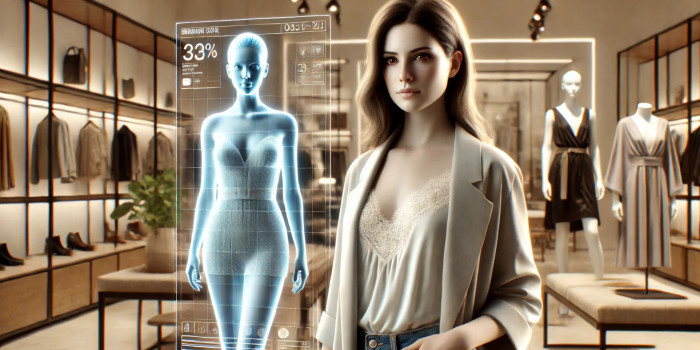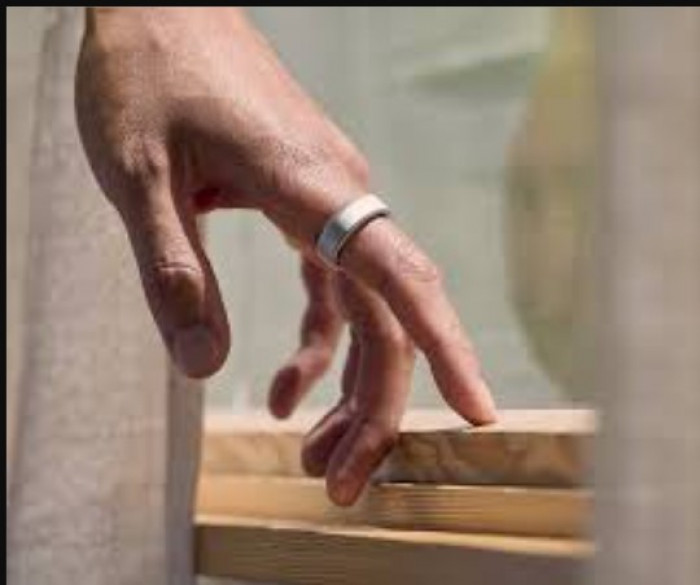Walk into a café, scroll through Instagram, or sit in a meeting room, and you’ll see the same story playing out. Technology isn’t just in our pockets anymore; it’s on our wrists, wrapped around our shoulders, and even stitched into the clothes we wear. A sleek smartwatch, earbuds shaped like jewelry, sneakers linked to apps, it’s clear that fashion and technology are no longer separate worlds. They’ve merged into one.

This isn’t just about gadgets looking stylish. It’s about how fashion and digital tools are reshaping lifestyle, making our choices more functional, more connected, and more personal.
Clothes With Purpose Beyond Style
Fashion has always reflected what society cares about. In the 1920s, short dresses symbolized freedom. In the 1980s, padded shoulders and power suits represented ambition. Today, our clothing says something new: connection and function.
Think of jackets with built-in heating systems for cold mornings, handbags that wirelessly charge your phone, or sunglasses that display navigation right in front of your eyes. These aren’t gimmicks anymore, they’re practical design choices. The beauty lies in how seamlessly they blend into everyday style.
Where we once saw “tech features” as clunky extras, they’re now part of fashion’s story. A hidden phone pocket, or a fabric that adapts to body temperature, isn’t just functional, it’s a design detail that says, “this belongs in the future.”
The New Kind of Accessory
A decade ago, Fitbit fitness trackers were chunky rubber bands that didn’t look good with anything. Yet people wore them for the data. Today, that same idea looks entirely different. Rings like Oura, watches like Apple or Samsung, even discreet bracelets all blend in with personal style while tracking sleep, stress, or heart rate.

It shows how our definition of an accessory has changed. A necklace once added sparkle. A bracelet once completed an outfit. Now, accessories can also collect insights about how well you slept or how active you’ve been.
This doesn’t mean fashion has become less stylish, it’s become more layered. We no longer choose between beauty and function. We expect both.
Runways Meet Reality (and Virtual Reality)
High fashion isn’t staying behind. Brands are experimenting with bold tech moves:
Authentication chips in luxury bags and shoes to prove they’re real.
Digital twins of products where your sneaker exists in real life and as a collectible in your digital wardrobe.
Augmented reality runways, where people watch a show not just in Paris or Milan but from their phones, with digital effects layered over garments.
What once looked like a novelty is becoming a tool for survival in a fast-moving industry. Fashion thrives on attention, and in an age of TikTok and Instagram, attention comes from interaction and speed. Tech helps provide both.
The Hybrid Consumer
The modern shopper doesn’t split the world into “fashion” and “technology.” Instead, they ask: Does this product fit into my connected lifestyle?
For example, a young professional buying sneakers might want them to look good at dinner, feel right at the gym, and also sync with a fitness app. A jacket might need to look sharp in a meeting, but also adapt to sudden rain. Fashion now serves multiple roles, all in one.
Stores are changing too. Virtual try-ons let customers see how clothes look without stepping into a fitting room. AI stylists recommend pieces that match both your wardrobe and your mood. Even the idea of a digital closet where you own outfits online for your avatar or social identity is becoming normal.
A Cultural Shift
This merging of tech and fashion is not only about products. It’s about culture. Think about how the sewing machine transformed clothing in the 19th century, making fashion faster and more accessible. Or how synthetic fabrics in the 20th century changed what people wore every day.
Now, digital tools are doing the same. They’re turning fashion into something interactive, flexible, and connected.
But there’s an important balance. Fashion must remain human. A smart fabric that changes color with temperature is exciting, but it still requires a designer’s creative vision. A digital dress worn in the metaverse might be fun, but its value depends on the story and artistry behind it.
Tech can extend fashion, but it can’t replace imagination.
The Future
Looking ahead, the possibilities are both practical and imaginative:
- Clothes that heal tiny rips automatically.
- Fabrics that collect solar energy and charge small devices.
- Wardrobes that suggest outfits based on weather, calendar, and personal mood.
These aren’t science fiction anymore. They’re prototypes in labs, waiting to scale.
The bigger picture? The conversation has moved beyond “Will fashion accept technology?” to “How will they shape life together?” We’re entering an era where choosing an outfit is as much about digital identity and functionality as it is about color and fit.
Final Thought
Fashion has always been our language of self-expression. Technology, at its best, makes that language richer. When combined, they create something more powerful, a style that looks good, feels smart, and connects us to the world around us.
Fashion, but tech first, it isn’t just a trend. It’s the way we’re learning to live, dress, and belong in a future that is already here.











Comments